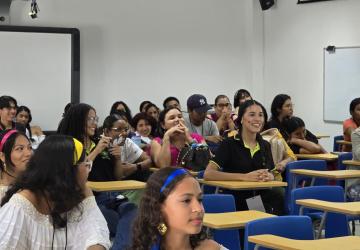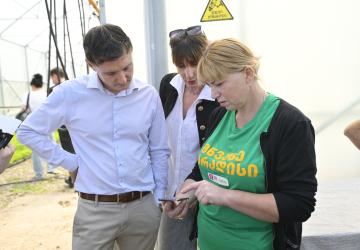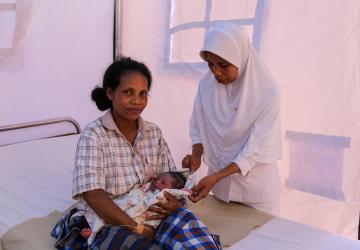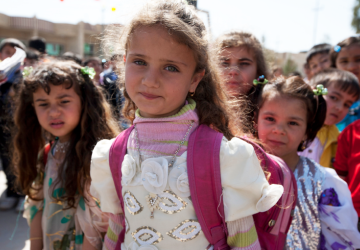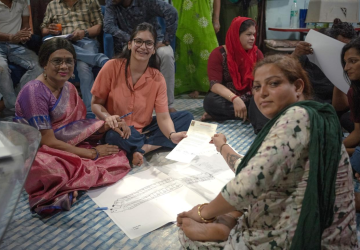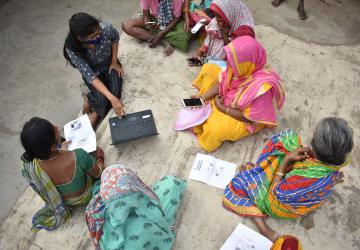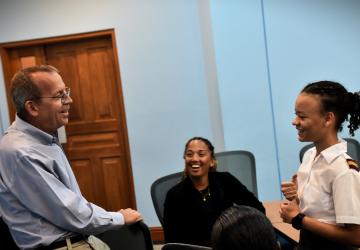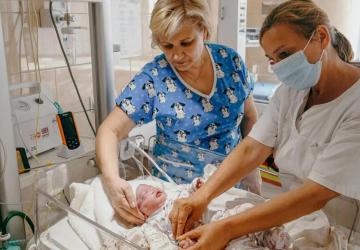Harnessing Jamaica’s strengths to propel progress on the SDGs
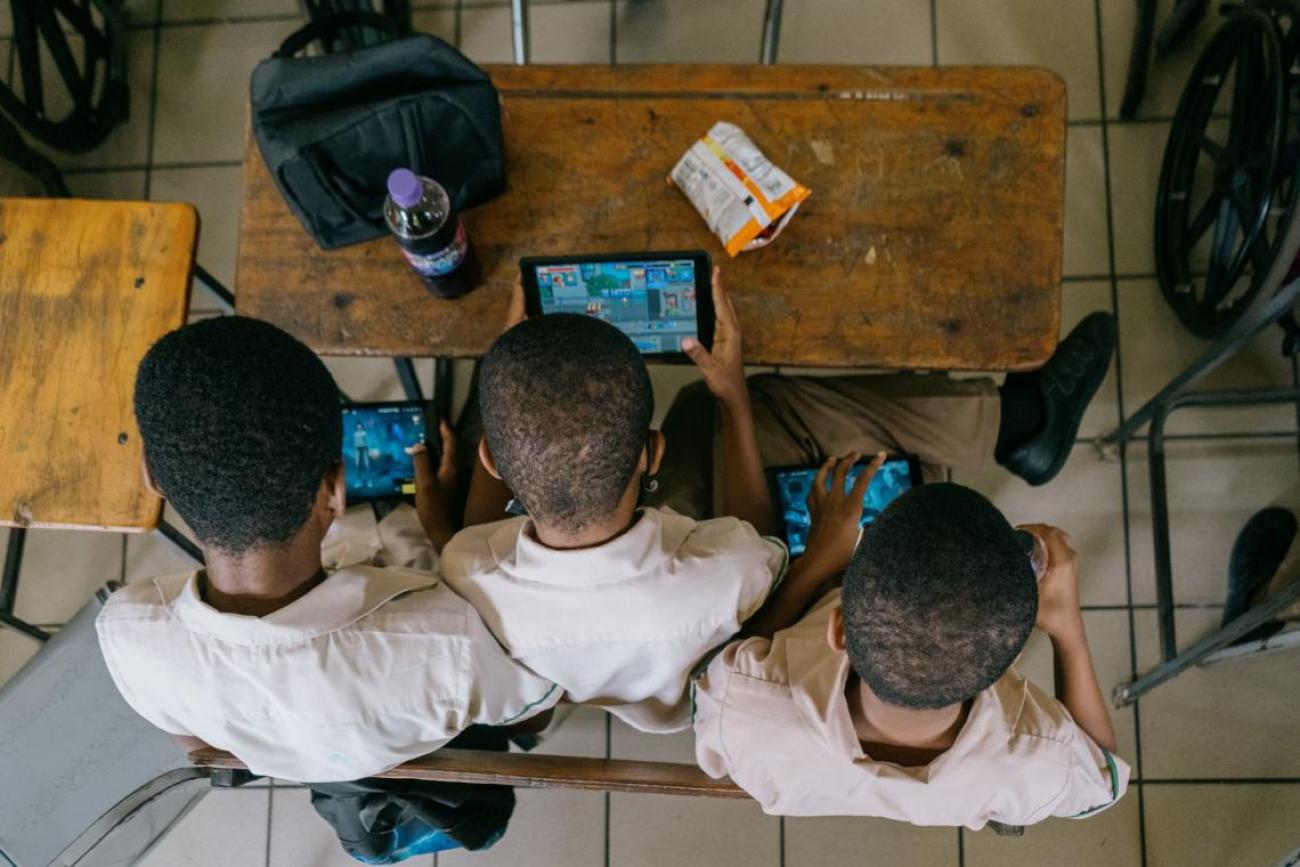
As calls for accelerating progress towards the Sustainable Development Goals grow louder at the halfway point towards the 2030 deadline, acknowledging the challenges of a small island developing state like Jamaica have become even more pressing.
In my role as the Economist in the Resident Coordinator’s Office, I support national efforts to address the economic vulnerabilities and the risk of natural hazards and climate induced disasters which threaten to set back Jamaica’s development gains and compound its unsustainable levels of debt.
To make the goals of 2030 agenda a reality, a significant leap is required. At the SDG Summit last month, the UN Secretary General outlined six key areas where urgent transitions are needed to unleash their multiplier effect across the goals and propel us closer towards 2030. These include food systems; energy access and affordability; digital connectivity; education; jobs and social protection; and climate change, biodiversity and pollution.
Building the evidence
At the Resident Coordinator’s Office in Jamaica, we’re working closely with national partners to set these transitions in motion and localize them to a Caribbean context.
First, we needed to adopt an evidence-based approach to understand the relevance of each transition to Jamaica’s development journey, since like the SDGs themselves, there’s no one-size fits all when it comes to implementing this framework on the ground.
Our partnership with the University of the West Indies has been critical in this respect. Working closely with a group of academics from the Department of Economics, we began to explore linkages between the six transition areas and the ‘productive capacities’ of Jamaica’s economy, which refer to the different resources, including human capital, energy, digital infrastructure and the private sector, that shape its ability to produce goods and services and stimulate economic growth.
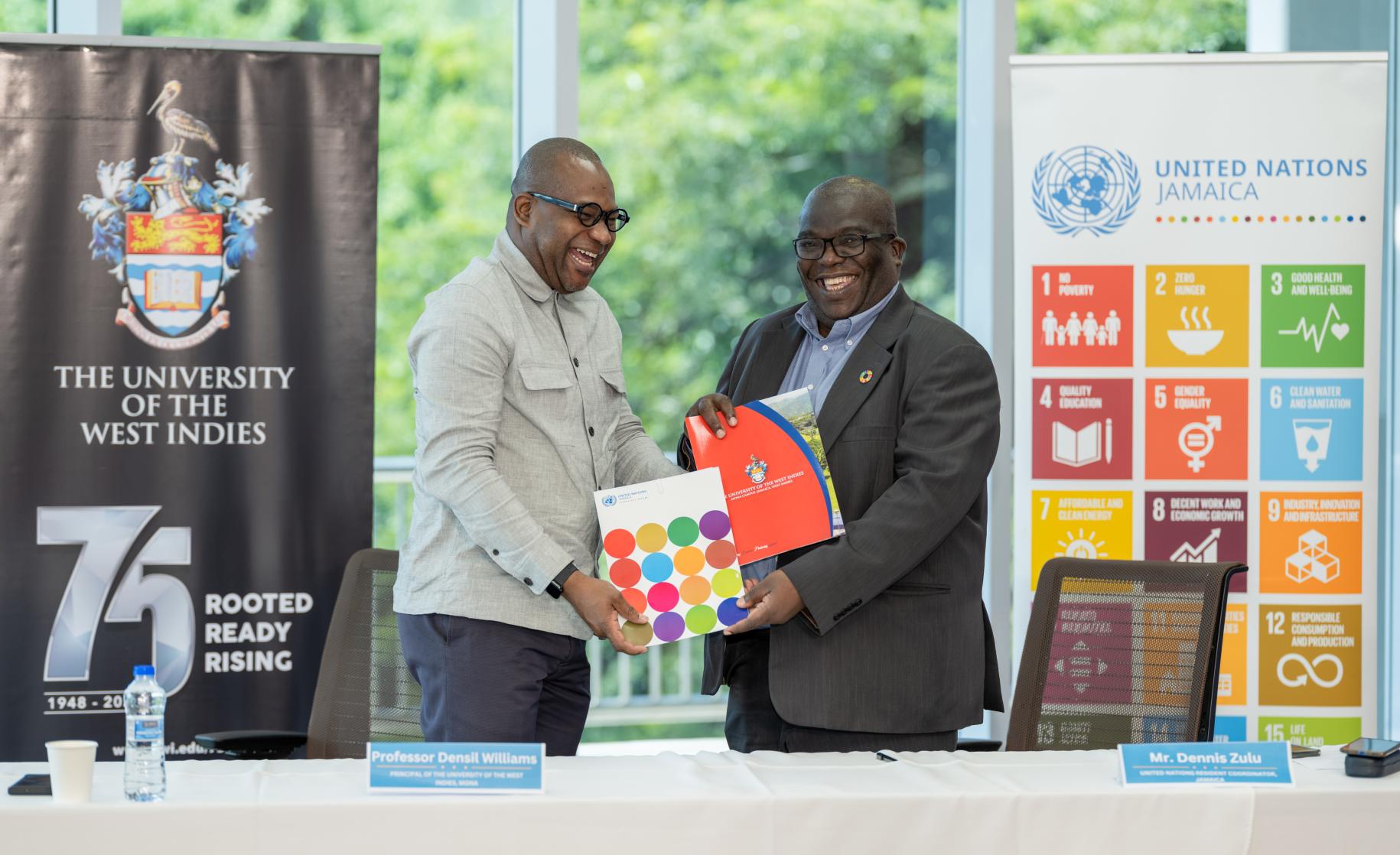
From the datasets we gathered, we were able to map out key economic trends across the country over the past two decades and paint a clearer picture of which elements of the Jamaican economy can be leveraged to accelerate specific SDGs.
For example, to advance the education transformation, and the related goals of gender equality and decent work, there are opportunities for the national authorities in Jamaica to build their capacity in human capital and the private sector, particularly through the continued expansion of vocational training and education programmes.
Similarly, the transition towards improved energy access and affordability could be supported by investing more resources in clean energy infrastructure to reduce reliance on fossil fuels and measures to enhance Jamaica’s natural capital –including better management of water, air quality, forests and other natural resources. To improve connectivity and progress Jamaica’s digital revolution investments in ICT infrastructure are critical.
Why does it matter?
Like other small island developing states, Jamaica has limited resources to fund sustainable development initiatives, which makes the need for efficient SDG investments all the more urgent. Our analysis represents an important step in this direction.
By mapping out the correlations between the six transitions and Jamaica’s economic capacities, the national authorities, United Nations, and development partners now have a new set of tools to design policies and interventions which progress the SDGs in the most tailored, impactful, and cost-effective way possible.
Using this new approach, the Government can aggregate development investments to impact not one, but many SDGs at the same time. Indeed, our analysis showed that building capacity in human capital, the private sector, national institutions, and the ICT sector would have a powerful multiplier effect on 11 SDGs in Jamaica.
Appetite for this type of analysis by our Jamaican Government counterparts is strong, and we’ve recently been invited to present the findings of our analysis to the National 2030 Agenda Oversight Committee, who are responsible for providing policy advice for the implementation of the SDGs. From a UN perspective, our analysis is already helping agencies across the UN country team allocate resources more effectively, design targeted Joint Programmes and build synergies from each other’s comparative advantage.
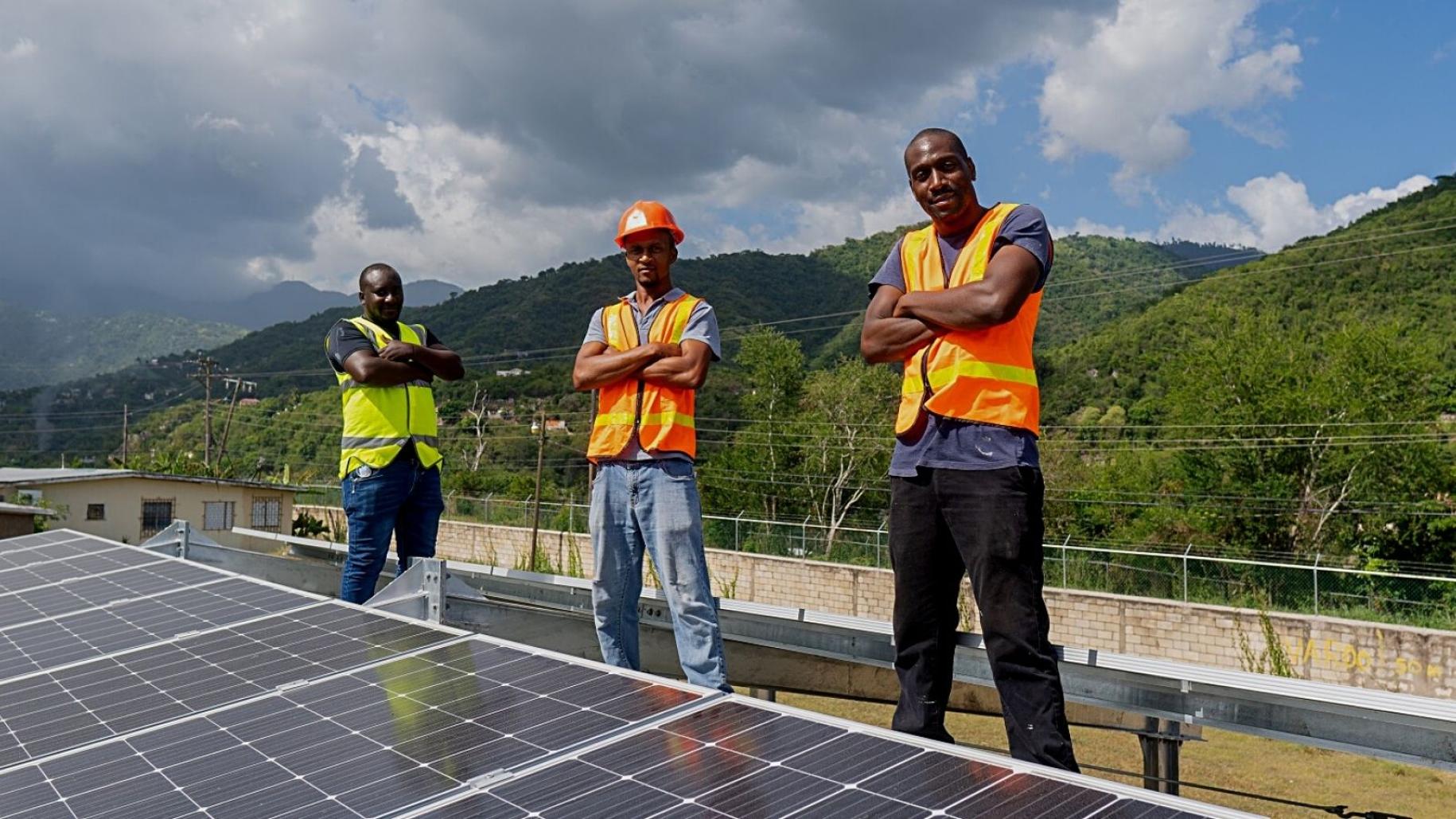
Power of Partnerships
The potential to apply this modeling to other aspects of Jamaica’s economic transformation highlights the immense value of the UN’s partnership with the University of the West Indies.
We aim to further embed this data driven, linked-up approach to all levels of national development planning.
For Jamaica, the path towards 2030 is still a long and challenging one. But by working together and pooling the rich expertise of our UN team with the academic community, Jamaica can now make more informed investments in the most impactful transition areas and get the SDGs back on track.
This blog was written by Economist at the Resident Coordinator's Multi-Country Office in Jamaica Stuart Davies. Editorial support by UN DCO. To learn more about the work of the UN in Jamaica visit Jamaica.un.org. Learn more about how the UN is supporting the six transitions on the ground here.


